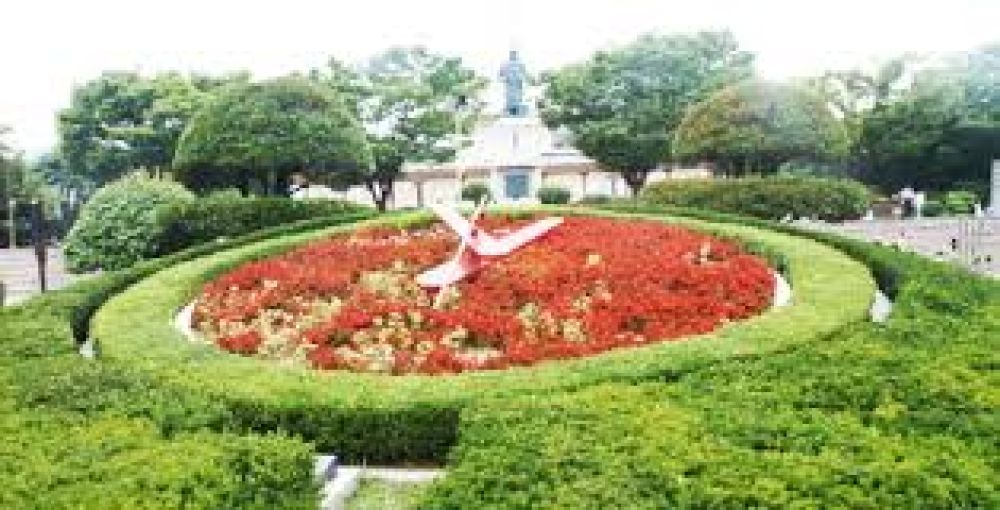

Nampo is an important port city on the west coast of North Korea, located at the mouth of the Taedong River. It is a city known for its industry, agriculture, and also as a gateway for tourists looking to explore the more rural and coastal aspects of North Korea.
The Nampo Botanical Garden is one of the few places in North Korea that has been cultivated for both research and leisure purposes. Although the exact date of its establishment is not widely publicized, it is known that the garden has been a part of Nampo for several decades, serving as a place for conservation of plant species and as an attraction for both domestic and international visitors.
Tourism in North Korea has historically been tightly controlled by the government, with visitors only allowed in as part of guided tours. This ensures that the tourists' experiences are carefully curated and monitored. The Nampo Botanical Garden is one of the sites that has been included in state-approved itineraries for foreigners, which showcases the country's interest in presenting its capabilities in horticulture and environmental conservation.
In recent years, North Korea has attempted to diversify its tourism offerings to attract more visitors. There is a move towards promoting more varied aspects of North Korean culture, history, and nature, including visits to places like the Nampo Botanical Garden. Emphasis on educational and cultural exchanges has also been spotted. However, tourism trends in North Korea are subject to rapid changes due to the country's political situation and international relations.
Access to the Nampo Botanical Garden, as with any other tourism site in North Korea, is highly regulated. Visitors must be part of an organized tour and accompanied by official guides at all times. Occasionally, the garden may be closed to tourists without notice due to government policy or other reasons beyond the control of tour operators.
The Garden is not only a site for enjoyment but also serves as an important part of North Korea's efforts in botany and agriculture. It functions as a research center where scientists and botanists work on plant cultivation and study. This aspect might be of interest to visitors who are keen on scientific and educational facets of tourism.
For those interested in visiting the Nampo Botanical Garden, it is important to note that the experience can be quite different from visiting botanical gardens in other countries. The emphasis is often on showcasing the garden's achievements rather than leisure or conservation messages that are typical in other botanical gardens around the world.
In conclusion, while the Nampo Botanical Garden reflects a quieter side of tourism in North Korea, with limitations in access and information, it remains a noteworthy site for those interested in the controlled yet intriguing tourism atmosphere of this isolated nation.